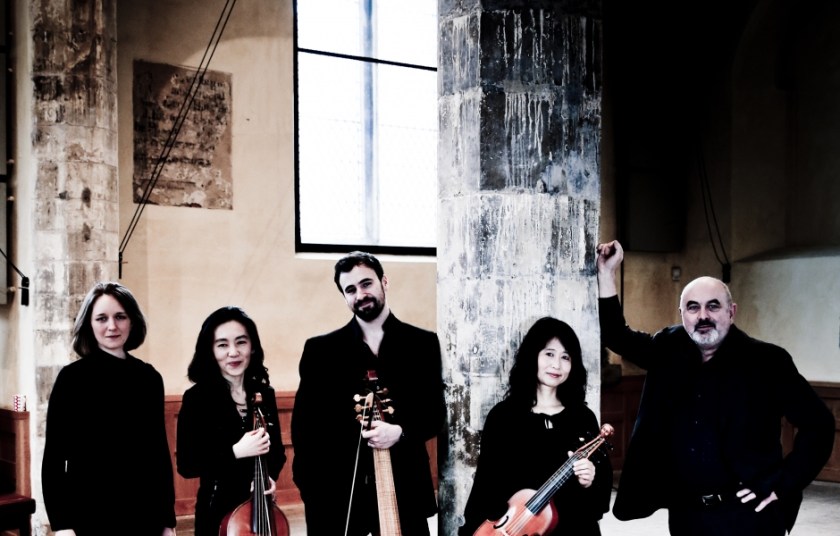
The Unknown Island
The Gate Theatre, 23rd September 2017
Saturday matinees at the Gate Theatre represent an astonishing bargain by “that London” standards (as do Wednesday matinees though they are limited to us economically unproductive types).
So I could traipse up to Wembley to watch Spurs stuff Bournemouth for just £30 in a couple of weeks. But I would be a mile away from the action, there would be all the hassle of getting there and there would be extra trimmings to be paid for. For just a tenner at the Gate though I get to see epic theatre of the highest quality from around the world right up close (this is, along with the Finborough, the most intimate of the “quality” fringe venues). This formula has been perfected over years, but took a step up under the stewardship of Christopher Haydon, and, on the basis of this offering, should continue now that Ellen MacDougall has taken the helm (she directed Chris Urch’s Rolling STone at the Orange Tree, one of the finest new plays of the last couple of years).
I am not going to pretend that this adaption by Ms MacDougall and dramaturg Claire Slater of a short story by Portuguese writer Jose Saramango was the finest work of theatre I have seen in recent months, but there was more than enough nourishment. And I don’t just mean the olives, bread and wine on offer as the cast fittingly broke character halfway through proceedings. This is a slippery, childlike but not childish, parable with multiple interpretations which was presented very well by the four strong cast of Jon Foster, Hannah Ringham, Thalissa Teixeira and Zubin Varla.
A man comes to the court of a King and will not leave until he is granted a ship to set out to discover the “unknown” island. The aloof King is reluctant at first but the persistent man’s wish is eventually granted and, in the absence of a crew and sufficient provisions, he sets off with the cleaning woman from the Court. They don’t get “there” but the man has a whacky dream along the way. That’s about it.
Except that within the tale are all manner of allusions to the structure of society, individual agency, the power of the imagination and ultimately what really matters in life. I spent the first half wrestling with the idea that there was some long arc of allegory here relating to the history of Portugal and the nature of revolution. Then it seemed to become more of a plea for the value of “self-discovery” but not in the way of the arse-hole, narcissistic blogger (for the avoidance of doubt I am aware of the irony here), but in a more humanistic, reflective way. Anyway wherever Mr Saramango was trying to take us there was value in the journey.
The set design by Rosie Elnile is striking, walls, floor and the benches around the entire space are bathed in a (practical as it turns out) turquoise, rubbery material and the actors are dressed head to toe in crimson. There is a striking red model boat and some comic balloons put in an appearance. The actors switch characters and often overlap. And at the end, in a nod to the end of our story, a window is opened to take us back into the real world of gullible tourists filtering down to the Portobello Road to buy tat.
I suspect that those who prefer their entertainment to be of a more literal or mimetic persuasion may come out feeling a little diddled, but if you are a bit more elastic in your tastes this could be for you. Of the rest of the season Suzy Storck looks most interesting though I have no real notion as to why. Still for the price of a couple of pints in the Prince Albert downstairs I will happily test that notion.

